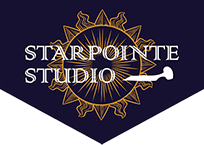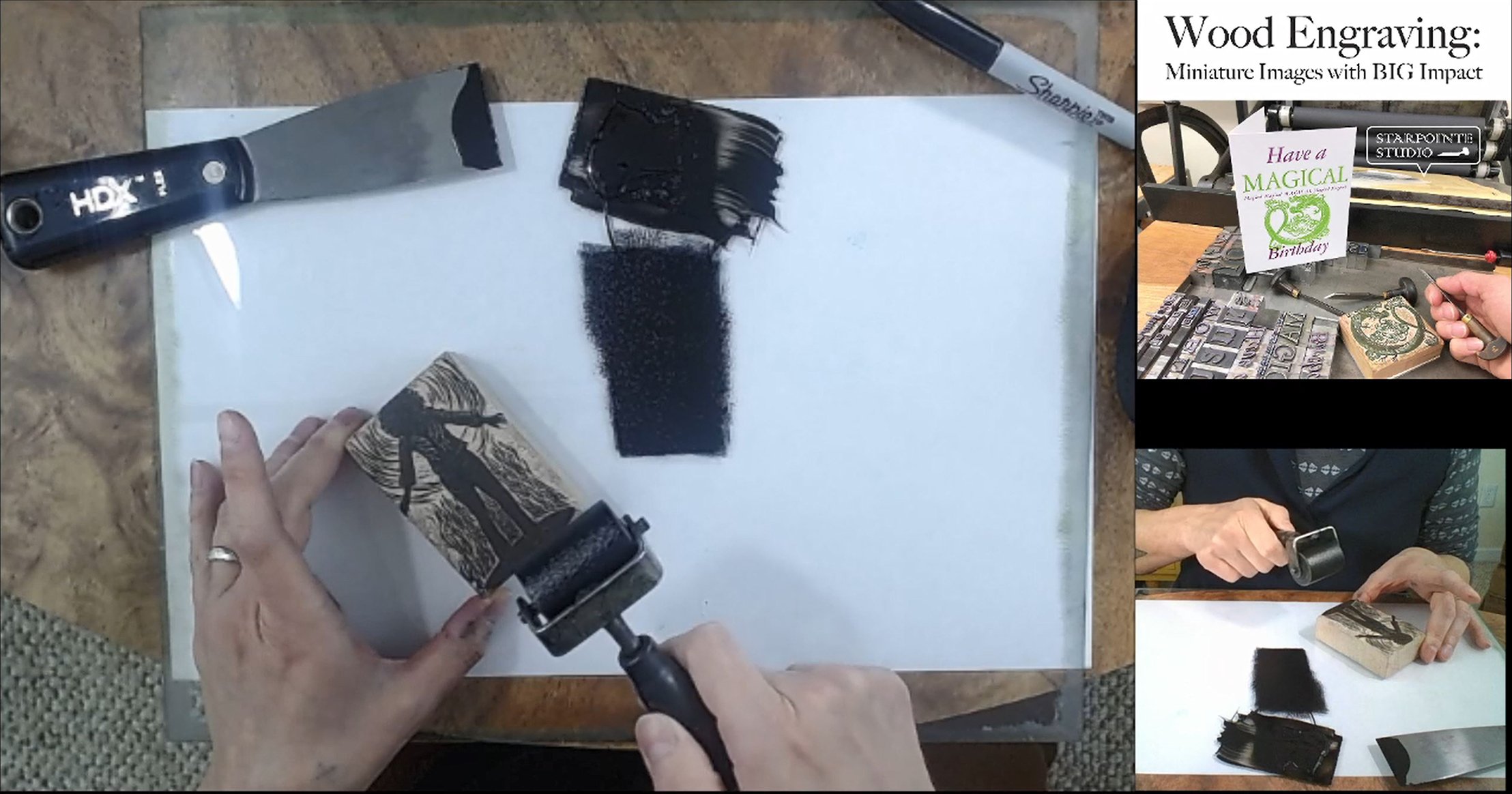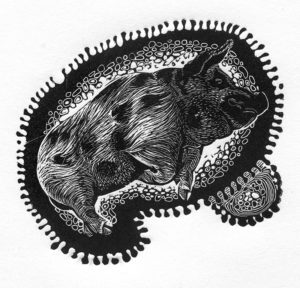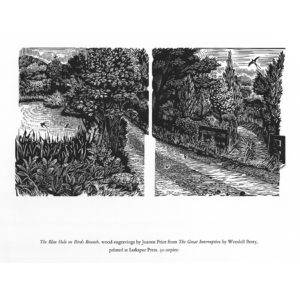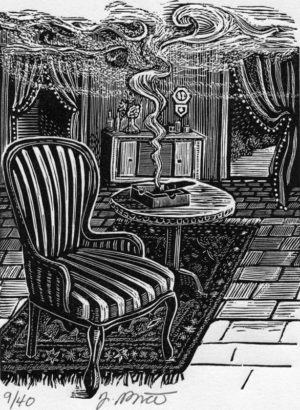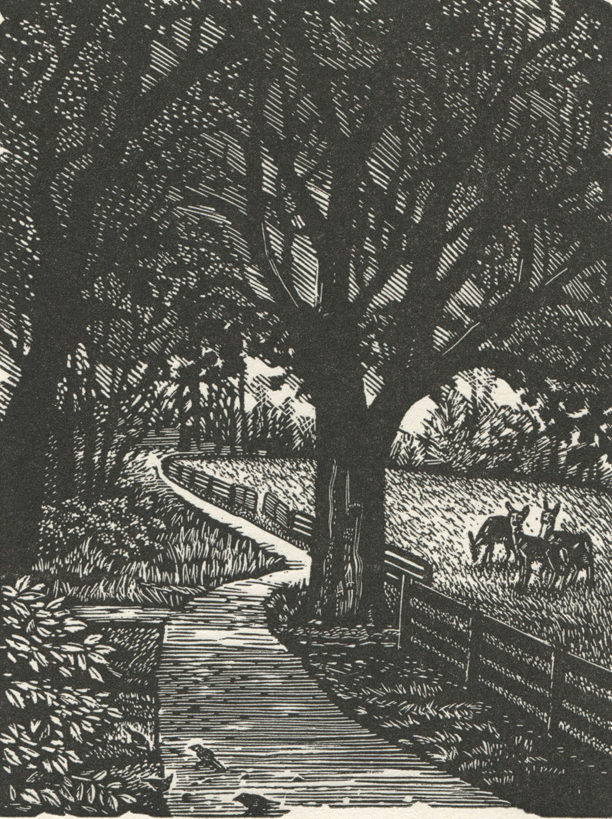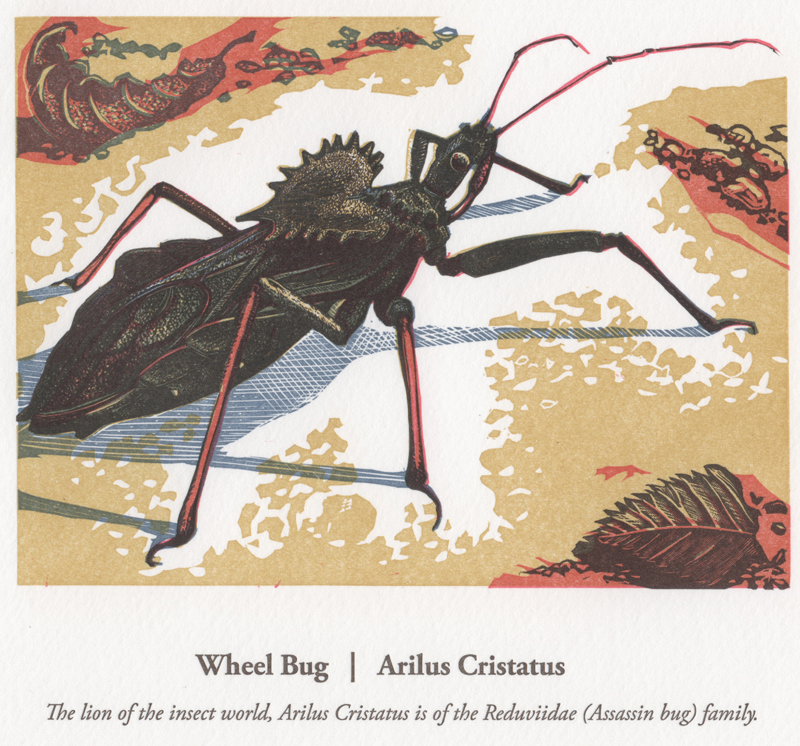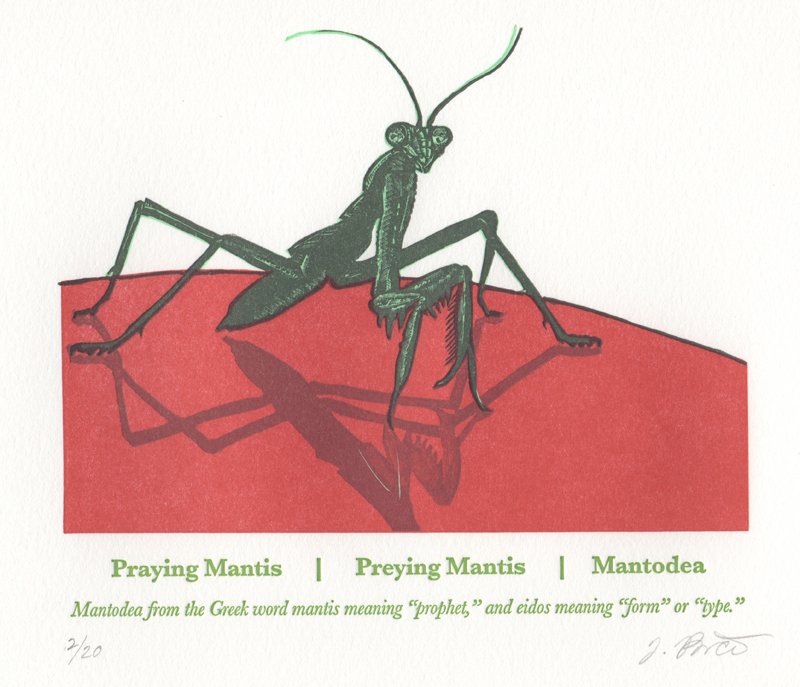Description
Wood engraving is the perfect at-home print process – It’s portable, meditative, no printing press is necessary and now with water soluble oil based inks, clean up is safe and easy at home.
Learn to cut a design into end-grain hardwood blocks through a combination of pre-recorded video demonstrations and live meetings via Zoom. Each participant will receive a class kit prior to the workshop. Instruction during 4 sessions covers material basics, creating and transferring images, tool sharpening, engraving, DIY printing, plus Pro tips and tricks.
This is a great course for beginners and intermediate skill levels. No previous experience is necessary, but it is helpful to have some previous drawing experience.
Held via Zoom Wednesday nights 8pm–10pm ET: June 2, 9, 16 and 23
SUPPLY KIT INCLUDED WITH COURSE COST
Each student will receive a supply kit mailed to them. An additional shipping fee will be charged for shipping outside the U.S. (sorry).
ADDITIONAL STUDENT SUPPLIED NECESSITIES ($0 – $90)
- A set of engraving tools.These are different from u-gouges and v-gouges. I am providing links to McClain’s Printmaking Supplies for engraving tools. Due to Covid-19, they are shipping orders out slower than usual, taking 10-12 days for orders to ship. My suggestion is, if you need tools, order them now. Check to see if what you have is the same – u-gouges and v-gouges will not work well on end grain wood.
A minimum, basic set of 3 engraving tools ($52 – $59 – not including shipping):
C3201 #1 Elliptical Tint tool $22 (Spitsticker)
C3652 #52 Round Graver $15 (Scorper)
C3654 #54 Round Graver $15 (Scorper)
A #3 Elliptical Tint Tool (spitsticker) can be a good substitute for the #52 Round Graver
- Brayer. This does not need to be fancy. A 2” Speedball brayer ($12.95) is perfect.
- Burnisher tool– could use a metal spoon, the back of a wooden spoon, bone folder, or an intaglio burnisher.
- Hardware store paint scraper or homemade paper board “ink knife” – An ink-specific ink knife from McClain’s ($10.35)
- Vegetable oil, clean cloth rags or paper towels.
- Inking surface – this can be a piece of glass taped to a board, a piece of mylar/acrylic or flat (unwrinkled) aluminum foil taped to a smooth, rigid surface.
- Desk lamp. Extra light is really helpful when working small.
- Newspaper or copy paper for proofing.
- You may want to reserve some cardboard to make a printing registration jig.
- A small amount of talc and a dry stiff, bristle brush (toothbrushes work great).
- Optional Magnifying glass (stand alone) or optivisor may be helpful if you have one.
- Magazines or newspapers for cleaning and surface protection. I use junk mail catalogs.
OPTIONAL SUPPLIES
If you prefer to use your own ink, just know that it needs to be oil-based. We do not want to use water on the surface of the block as it can swell the wood — The xylem and phloem tubes of the wood are like tiny straws that suck up the water and expand the wood cells. If you prefer to buy your own, these are good options: K7700 Gamblin’s Portland Intense Black ($15.95 per can) OR Caligo Safe Wash Relief Inks ($14.45 tube not including shipping) are also fine (still oil based, but you can clean up tools and surfaces with soap & water)
